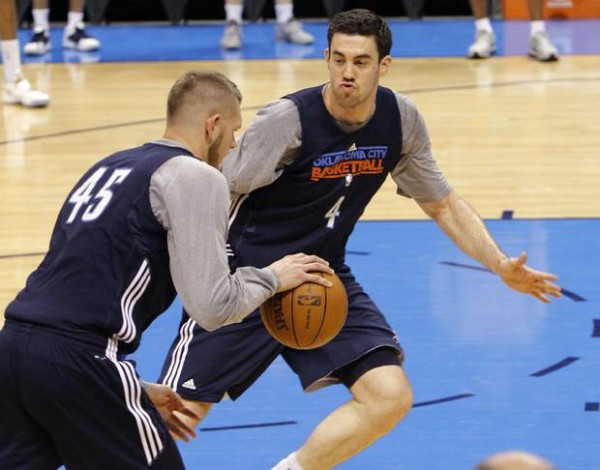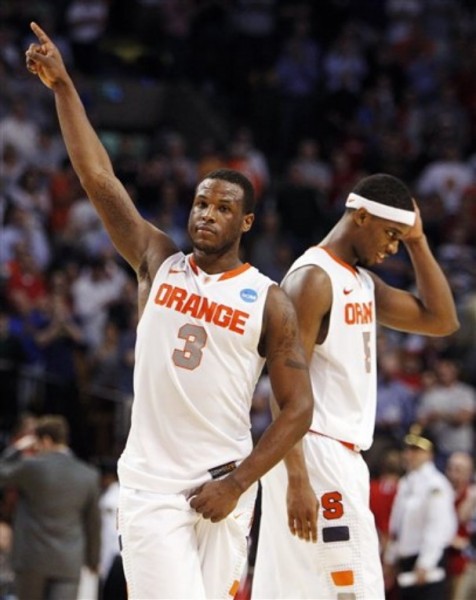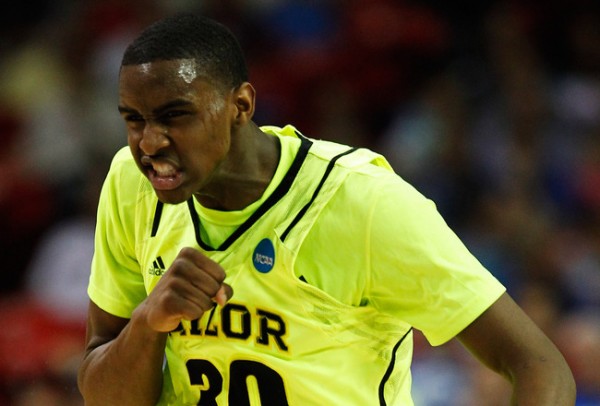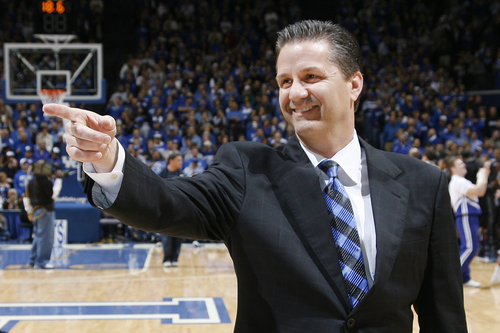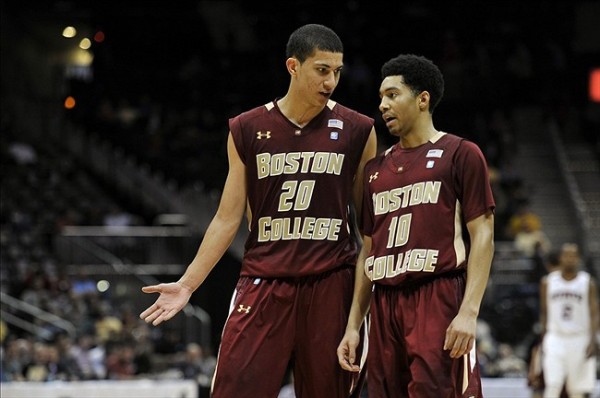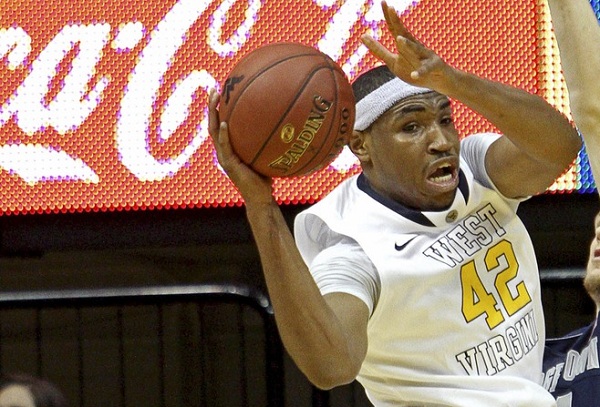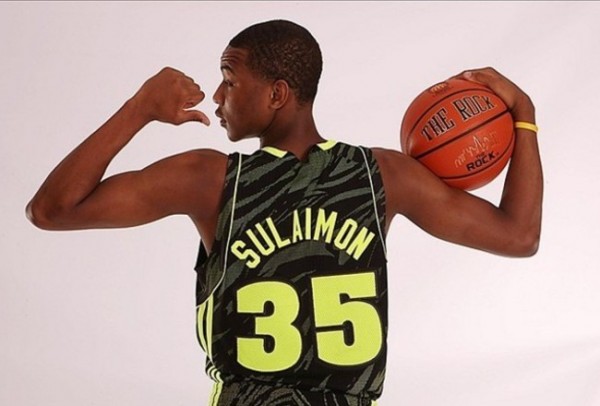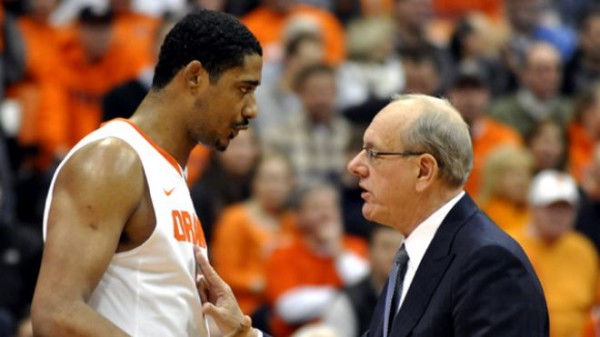The Dream Team 20 Years Later: Reflecting On Their College Careers
Posted by EJacoby on June 13th, 2012On Wednesday night, NBA TV will air “The Dream Team,” a brand new documentary that relives the 1992 Men’s Basketball USA Olympic Team that’s better known by that same name. This summer marks the 20th anniversary of the team, the inspiration behind documenting the players, and their legendary run through the 1992 Barcelona Olympics. The national team of 12 players included 11 future Hall of Famers and some of the greatest players in basketball history all in one locker room. The forgotten member of the team is Christian Laettner, the lone collegian at the time to make the squad, who was coming off of one of the greatest NCAA basketball careers of all-time as a two-time National Champion for Duke. Looking back, how did the other 11 players fare in their amateur careers? Was their collective NBA and international success predicated by dominance in college? On the day the documentary airs, we reflect on the Dream Team from a college perspective.
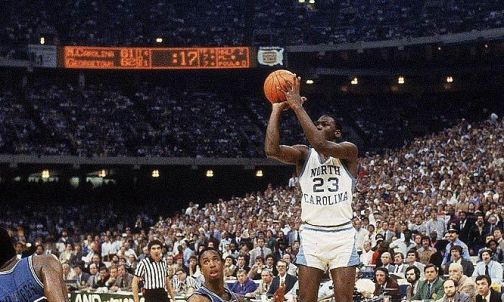
Michael Jordan hit the game-winning shot in the 1982 National Championship game for North Carolina 10 years before he joined the Dream Team (AP Photo)
As it turns out, the team wasn’t just a collection of all-time great professionals. Exactly half the players on the roster also qualify as some of the greatest collegiate players ever. Six players on the Dream Team were included on ESPN’s list of the 25 greatest players in college basketball history, the highest of whom was Larry Bird at #9. Bird averaged 30.3 points per game in his career at Indiana State, and in his senior National Player of the Year season he led the Sycamores to a 33-1 record and a loss in the National Title game to Michigan State and Magic Johnson. Johnson is another one of the greatest collegians on the list (#15), averaging 17.1 points, 7.6 rebounds, and 7.9 assists per game in two seasons for the Spartans that became a preview of the stat-sheet stuffing machine he would become in the NBA.





























